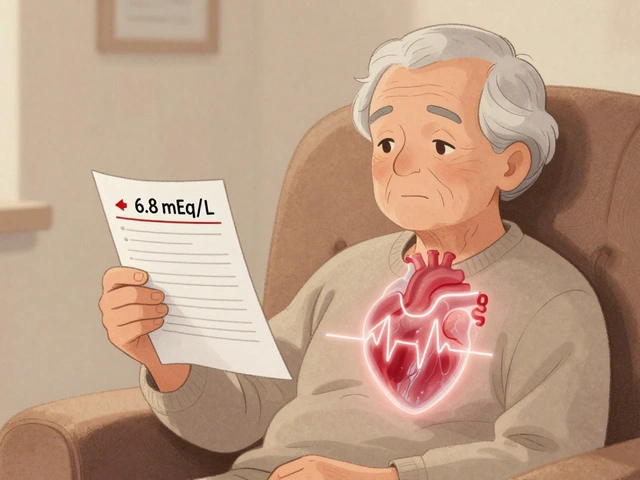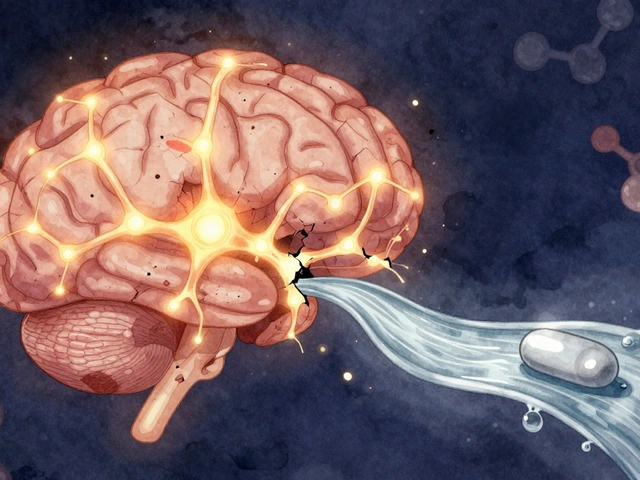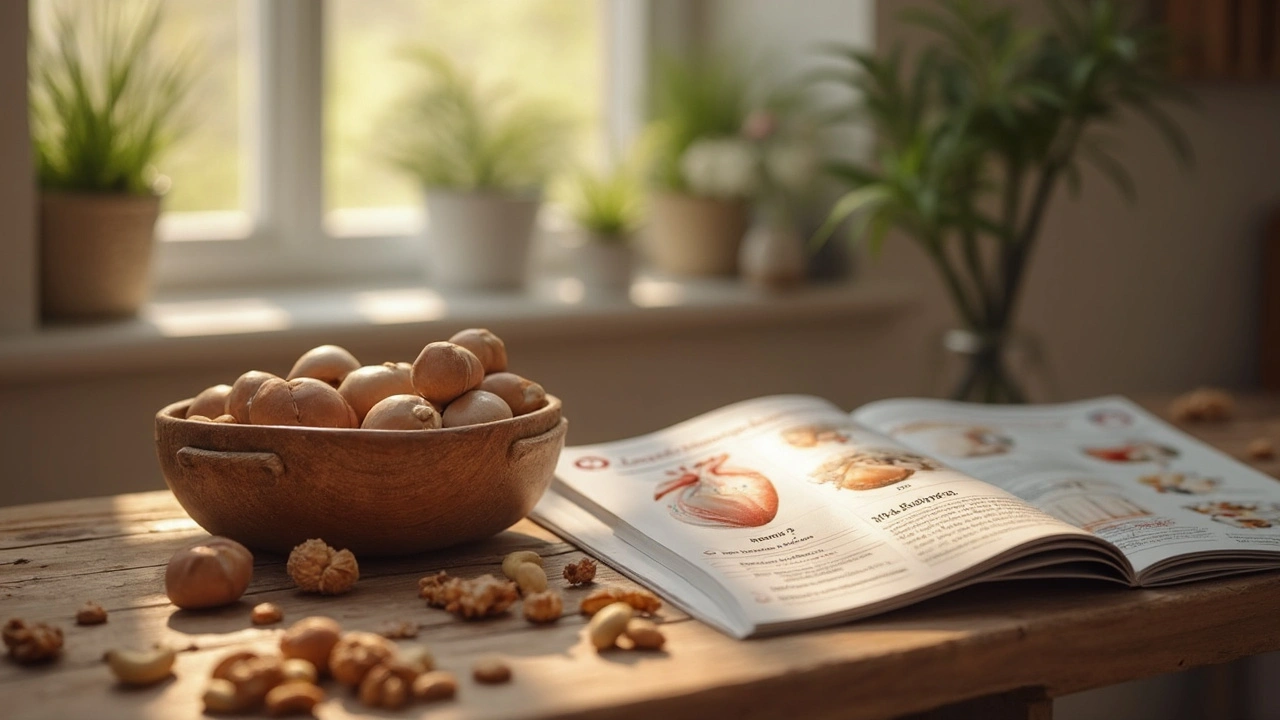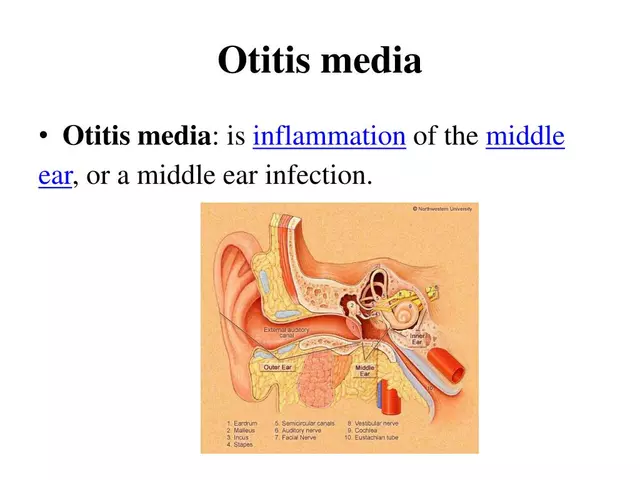Chestnuts: edible vs. horse chestnut — what you need to know
Want a quick, useful take on chestnuts? Good — they’re not all the same. Edible chestnuts (Castanea species) are a starchy, vitamin-rich nut you can roast and eat. Horse chestnut (Aesculus hippocastanum) is a different tree whose extract is used as a medicine, mainly for vein problems. Mix them up and you could get sick, so here’s a clear guide to tell them apart and use each safely.
What edible chestnuts give you
Edible chestnuts are low in fat compared with other nuts and higher in complex carbs and fiber. They provide vitamin C, some B vitamins, and minerals like magnesium and potassium. People eat them roasted, boiled, or mashed — think soups, stuffing, and desserts. They’re good for quick energy and make a gluten-free flour when ground into meal. If you want a nutrient-dense swap for potatoes or grains, chestnut puree is a practical option.
When buying, pick shells that feel heavy for their size and have smooth, unbroken skins. Store fresh chestnuts in the fridge for up to a month or freeze them after cooking. To roast at home, score the shell, bake at 200°C (about 400°F) for 20–30 minutes, then peel while warm — it’s easier that way.
What horse chestnut is used for — and the risks
Horse chestnut seeds contain a compound called aescin (also written escin). Standardized horse chestnut extract is commonly used to ease symptoms of chronic venous insufficiency — varicose veins, leg heaviness, and swelling. Some clinical trials show modest benefit for leg pain and swelling when taken for a few months.
Important safety notes: raw horse chestnut seeds, bark, and flowers are toxic because they contain aesculin. Only use products labeled as standardized, processed extracts. Side effects can include stomach upset, itching, headache, and dizziness. Don’t take horse chestnut if you’re pregnant or breastfeeding unless your doctor says it’s okay. Also, check with your provider before using it if you take blood thinners or have bleeding issues — herbal products can affect drugs in unexpected ways.
If you consider supplements, look for brands that list the aescin (escin) content and follow the label directions. Avoid homemade preparations from horse chestnut seeds — that’s where poisoning happens.
Want to use chestnuts in food and medicine without trouble? Treat edible chestnuts as food and enjoy them roasted or in recipes. Treat horse chestnut as a medicinal herb with rules: use standardized extracts, follow dosing on the package or medical advice, and check drug interactions. When in doubt, ask your pharmacist or doctor — they can help you pick safe options and avoid dangerous mix-ups.
26
Chestnuts vs Other Nuts: Fatty Acids & Phytosterols for Heart Health
Chestnuts are often overlooked next to almonds, walnuts, and cashews, but do they help your heart as much as the usual snack nuts? This article takes a close look at chestnuts and compares their fatty acid makeup and phytosterol content to other common nuts. Get clear on the real differences and pick up tips that could help protect your heart. Plus, discover if chestnuts might deserve a spot in your pantry (and why I keep some around for my family).
Latest Posts
Popular Posts
-
 Dangerous Hyperkalemia from Medications: Cardiac Risks and Treatment
Dangerous Hyperkalemia from Medications: Cardiac Risks and Treatment
-
 Pharmacy Reimbursement: How Generic Substitution Impacts Pharmacies and Patients Financially
Pharmacy Reimbursement: How Generic Substitution Impacts Pharmacies and Patients Financially
-
 Amyotrophic Lateral Sclerosis: How Riluzole Slows Neurodegeneration and Extends Life
Amyotrophic Lateral Sclerosis: How Riluzole Slows Neurodegeneration and Extends Life
-
 Constipation from Medications: Complete Management Guide
Constipation from Medications: Complete Management Guide
-
 Antipsychotics and Stroke Risk in Seniors with Dementia: What You Need to Know
Antipsychotics and Stroke Risk in Seniors with Dementia: What You Need to Know


